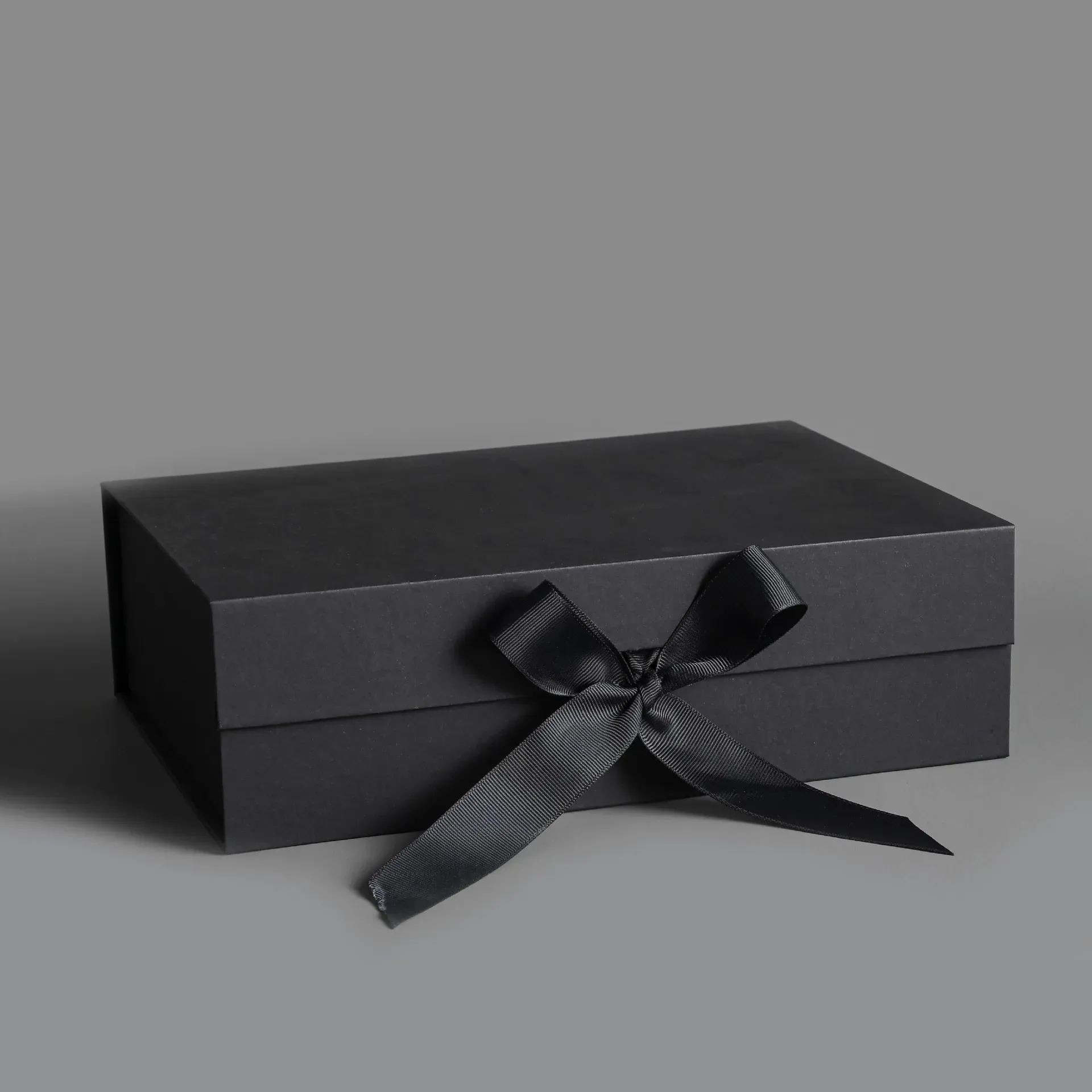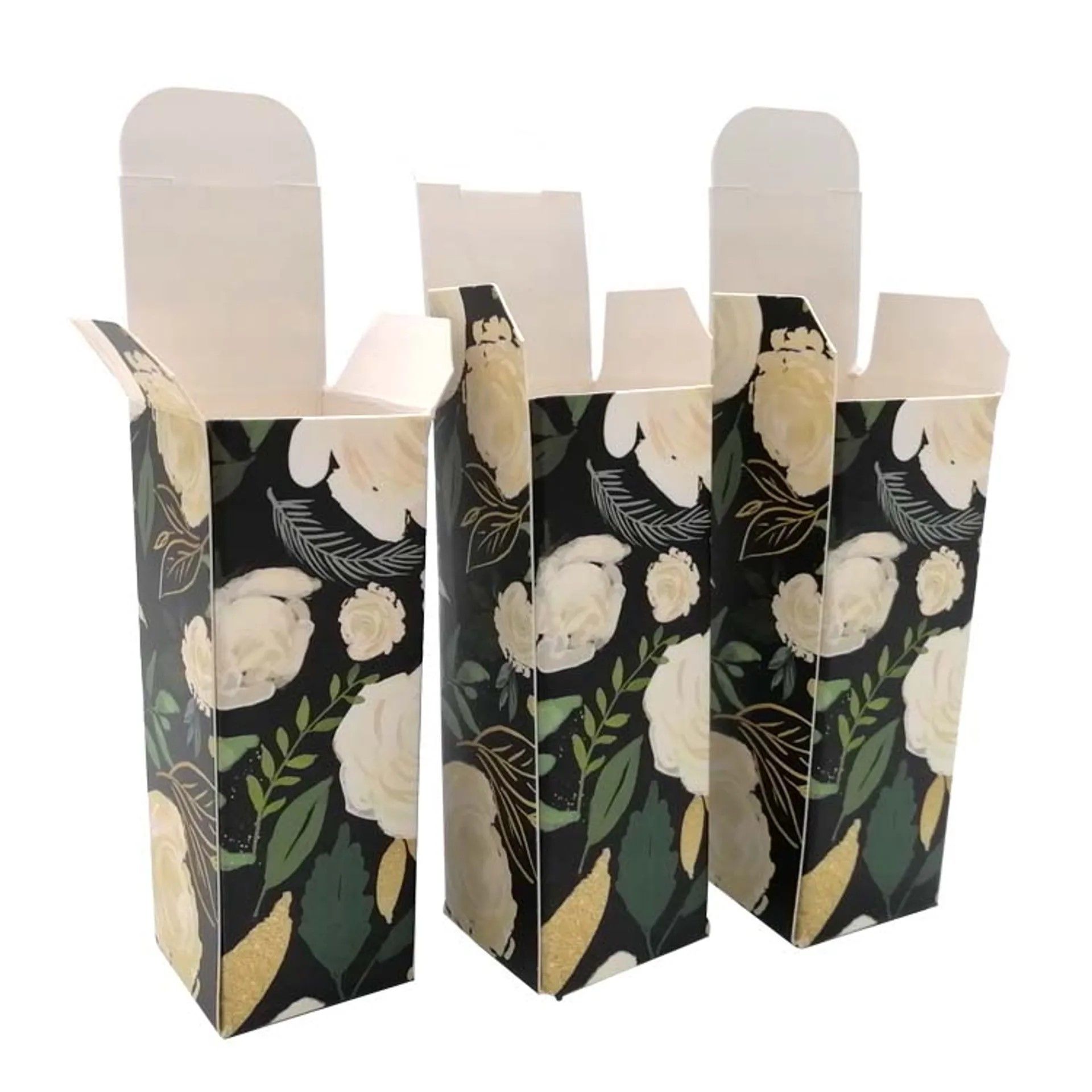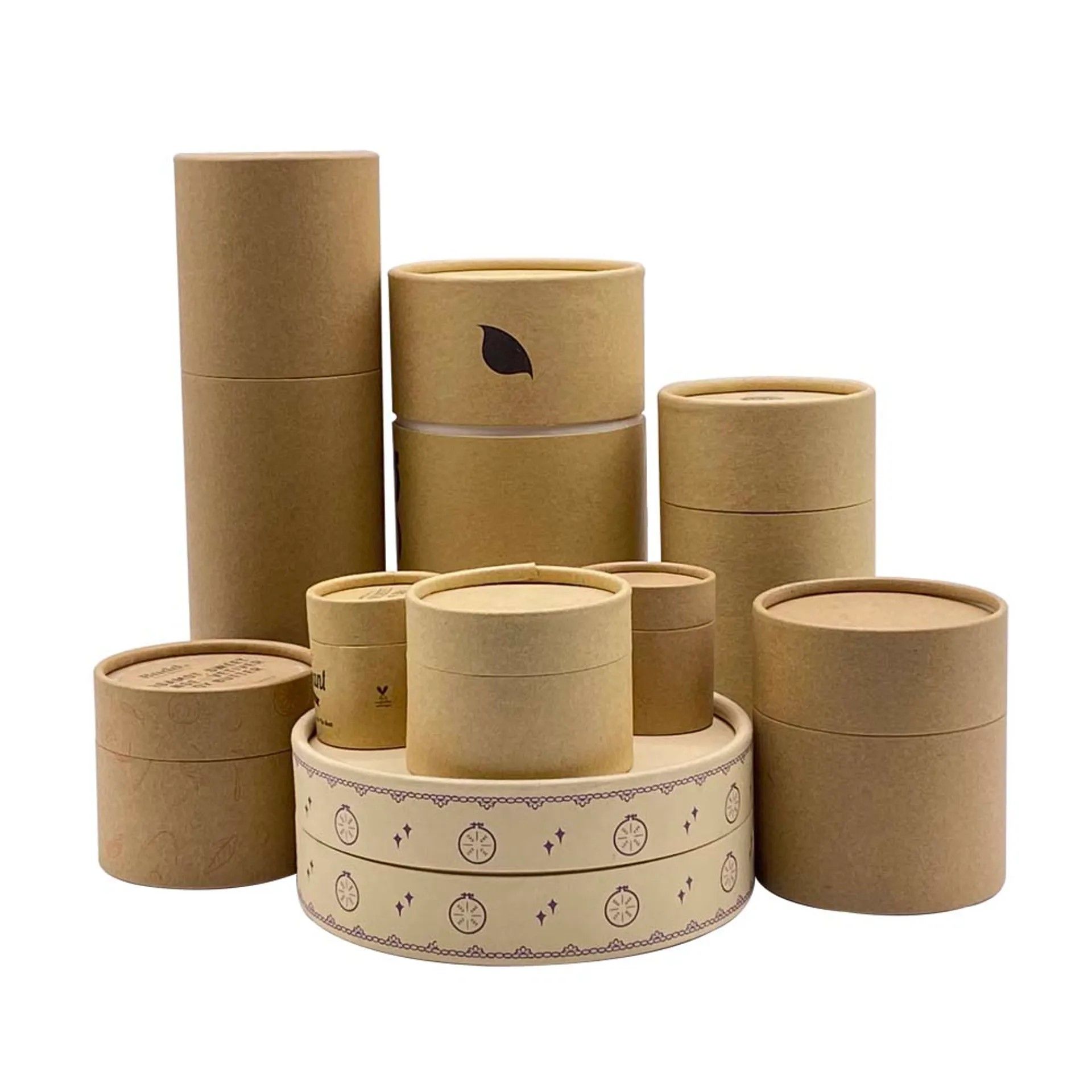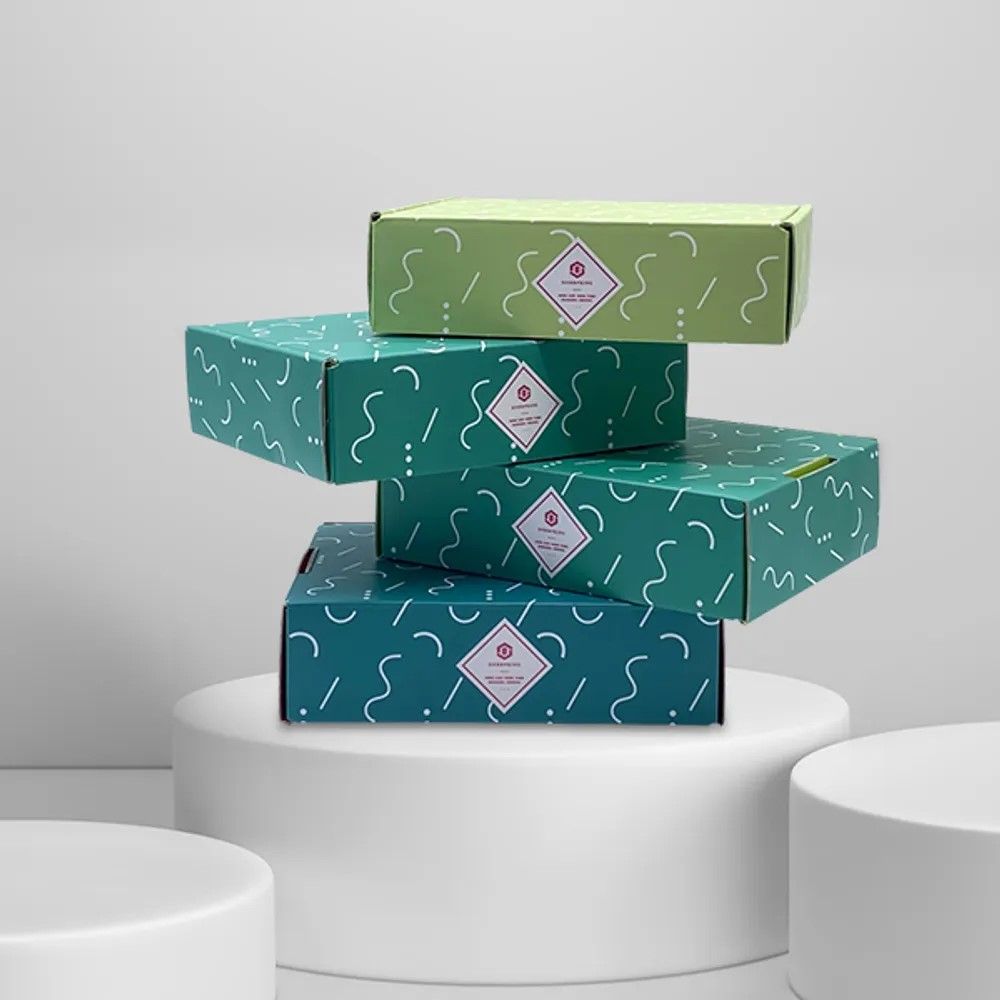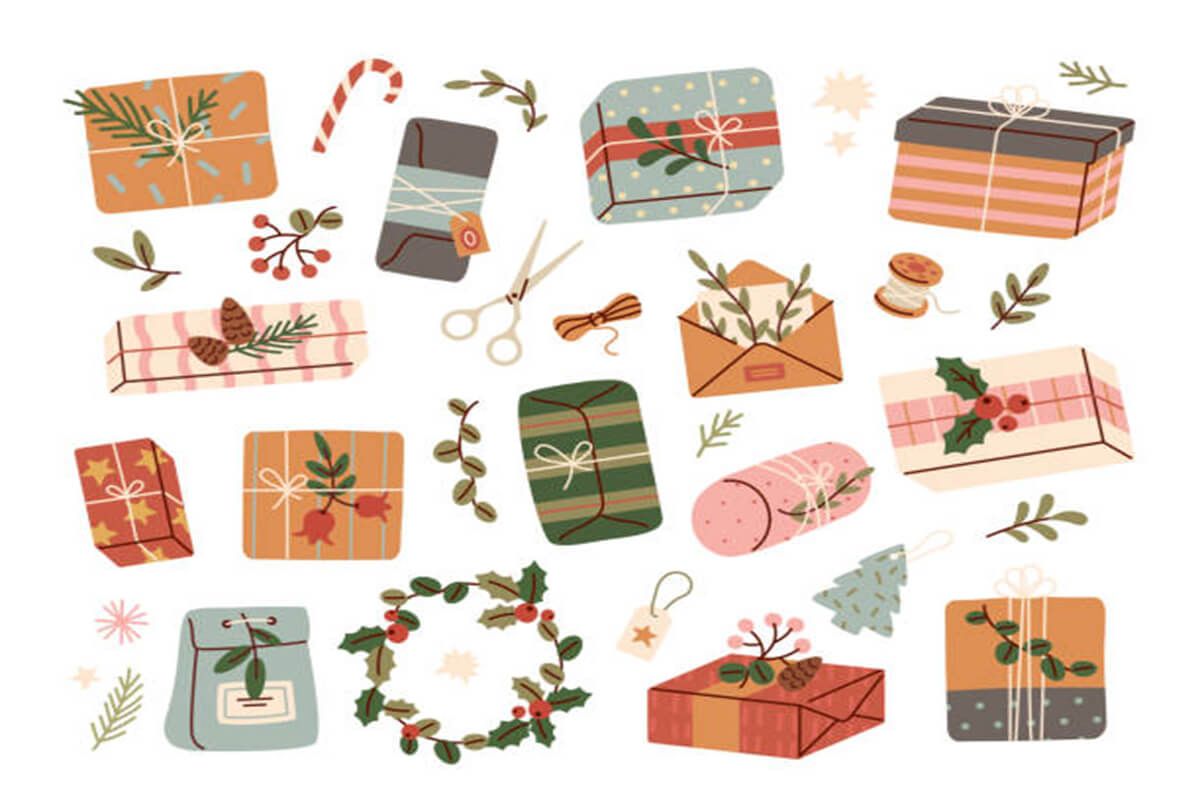
Get A Quote
Why is packaging design important in marketing?
Despite its significant influence on consumer perception and purchasing decisions, packaging design is often undervalued in the marketing strategies of many businesses. However, recent trends show a growing recognition of its importance, though it's still frequently treated as an afterthought.
A revealing study by the IPSOS underscores the impact of packaging design, showing that 72% of consumers are swayed by it. Interestingly, 71% of consumers indicated a preference for products in cardboard or paper packaging, perceiving them as more premium or high-quality.
This data highlights the critical role of packaging in establishing a brand, particularly for new products entering the market. The study reinforces the idea that the design and material of packaging collaboratively contribute to a product's perceived value and quality.
Packaging as a Brand Ambassador
The distinction between good and great packaging lies in its ability to protect not just the product but also the brand's reputation and identity. Mintel, a prominent market research company, revealed that a third of US consumers equate the quality of food packaging with the quality of the product itself. This perception underscores the profound influence that packaging has on consumer choices and brand image.
Packaging design is more than just a protective casing; it's a vital aspect of brand identity. It's the tangible representation of a brand that consumers interact with, making it crucial in bringing the brand to life. Despite the focus on classical and social media advertising, packaging design should not be overlooked.
A brand's visual identity is only fully realized through its packaging. Even the most effective advertising campaigns can fall flat if the product's packaging fails to resonate with consumers at the point of sale. In this light, packaging design is not just a marketing tool; it's an essential element of the consumer experience and a critical factor in the success of a product.
What is packaging design?
Packaging design encompasses the creative and technical process of developing packaging for products. It's a multidimensional task that involves ensuring the safe containment, clear identification, and efficient delivery of a product. This process is vital across various product categories, from everyday items to high-end goods.
- The Ubiquity of Packaging Design
Virtually every product encountered in daily life, from McDonald's food boxes to the sophisticated packaging of an Apple iPhone, the large box for a new refrigerator, or even the simple packaging of tea bags, involves some form of packaging design. This universal presence of packaging highlights its importance in the consumer market.
- Quality in Packaging
The quality of packaging can vary significantly. Some packaging is exceptionally well-designed, enhancing the product's appeal and providing an excellent user experience. Other packaging may fall short, failing to adequately protect the product or appeal to consumers.
- Who Designs Packaging?
The field of packaging design is inclusive and diverse. It can involve graphic designers, packaging engineers, and professionals from various backgrounds. Regardless of their specific skills or expertise, these designers play a crucial role in shaping the consumer's interaction with the product. This inclusivity means that packaging design is not confined to experts alone but can be approached from multiple creative angles.
Crafting Effective Packaging for Products
Designing packaging for products goes beyond mere aesthetics; it requires a strategic blend of creativity, functionality, and marketing. It's not just about putting a sticker on a box but creating a package that reflects the brand, protects the product, and appeals to the consumer.
1.Choosing the Right Packaging Medium
- Type of Packaging: Decide whether your product needs a simple custom printed cardboard box or a more luxurious rigid box.
- Consideration of the Medium: The material and type of packaging chosen are often overlooked but crucial in conveying the product's value.
2.Graphic Design and Packaging:
- Brand Reflection: Graphic design in packaging should mirror the brand's identity and ethos.
- Attractiveness and Information: The design should catch the customer's eye and provide essential product information.
- Professional Assistance: Consider hiring a professional graphic designer or using an online graphic tool for a balanced and effective design.
3.Physical Packaging Design:
- Design Limitations: The packaging should be innovative but not at the cost of product security.
- Manufacturing Feasibility: Ensure that your design can be realistically produced. Extravagant ideas might be appealing but impractical.
- Industry Standards: Analyze competitors' packaging for insights into what's effective and achievable in your market.
4.Marketing and Design:
- Understanding Your Market: Use standard packaging as a baseline and innovate from there. For instance, in selling fitness supplements, start with traditional jars and bottles before exploring unique designs.
- Printing Capabilities: Know what printing options are available.
- Special Features: Consider add-ons like embossing, hot stamping, or a UV finish to make your packaging stand out.
Design inspiration
1.Innovative Packaging Supplies
- Texture Windows: Incorporating transparent sections to showcase the product's texture can be captivating.
- Dual-Purpose Packaging: Like Saucony's approach, where customers designed on eco-friendly shoe boxes, packaging that serves a secondary purpose can be both innovative and sustainable.
2.Minimalistic Design
- Simplicity and Functionality: Embracing minimalism, which focuses on essential elements without compromising functionality, can be highly effective. This trend, rooted in Scandinavian and Japanese design, is versatile across various products like craft beer, wine, and e-commerce packaging.
- Cost-Efficiency: A simple cardboard box with a 'handwritten' logo is an excellent example of minimalistic design that is both stylish and budget-friendly.
3.Vintage-Inspired Design
- Nostalgic Appeal: Drawing inspiration from late 19th to early 20th-century aesthetics, vintage design evokes a sense of tradition and trust. This style is particularly popular in male grooming products, food items like chocolate, tea, and coffee, often blending old-world charm with modern twists.
- Trust and Craftsmanship: Vintage packaging, like brown glass dropper bottles, suggests time-tested quality and craftsmanship, building consumer trust.
4.Pattern-Based Packaging
- Engaging the Brain: The human brain is attracted to patterns, making pattern-based packaging a powerful tool for engagement. This approach can evoke textures like wood or fur or use intricate, tessellating shapes for visual appeal.
- Versatility: Patterns can range from simple, repetitive designs to complex, colorful arrangements, offering a wide range of possibilities for packaging design.
In summary, these packaging design inspirations demonstrate the vast potential for creativity in the field. Whether through innovative use of materials, embracing minimalism, reviving vintage elements, or employing captivating patterns, packaging design offers endless opportunities to enhance brand identity and connect with consumers.
Crafting a Memorable Unboxing Experience
Creating a remarkable unboxing experience is a crucial aspect of your brand’s journey in connecting deeply with your customers. It goes beyond the mere functionality of packaging; it's about creating a moment, a memorable interaction that elevates your product from a simple purchase to an event in itself.
For example,consider the difference between receiving a generic, cheap phone cover in a plain plastic bag versus receiving a well-crafted, beautifully designed package. The latter not only shows care and quality but also communicates that the customer is valued and appreciated.
In conclusion, building an effective unboxing experience is about harmonizing materials, design, and shape to create a memorable moment for your customer. It's an opportunity to reinforce your brand’s value, delight your customers, and cultivate brand loyalty.
Want to customize your tube or box packaging solution? Leave your needs below and our experts will contact you soon!
